Yes, aside from global contrast adjustments, there’s a circular level and local contrast adjustment on the dancer, to make her stand out a little bit more
Thanks! I’m glad you think its cool!
Im afraid the ‘dirt’ is actual dust and grime on the glass plate. It’s a hassle to disassemble and clean, so I don’t do it nearly often enough.
I haven’t messed with moving the camera around, but I’ve done heaps of experiments with motion in front of the camera.
I do have a dream of doing a sort of anamorphic projection through time, that will require camera motion, but that’s on the cooker for now
There’s no viewfinder at the moment. I point the camera to the best of my ability, do a low resolution scan over about 10 seconds, and adjust appropriately. Framing and focus is difficult, but gets easier over time. Whenever I have people helping or modeling on a picture, I make very sure they’re aware that it is a messy trial and error process.
Thanks!
There’s a picture of the camera in this comment section
Basically it’s an acrylic magnifying glass stuck into a foamboard box held together with gaffers tape. Focus (and FoV by design) is controlled by adjusting the distance between the lens and the scanner surface.
Drake is an older/less used form of Drage, which is a Norwegian word that means both kite and dragon. And the V is because it’s the fifth one in a series I’m working on. I didn’t realize the connection to the artist at all before you pointed it out…
Thanks! The build isn’t really that complicated, a Saturday is enough time to make your very own camera.
Be warned though, I tried to make this with the newer Lide 210 and 220 scanners, and I haven’t gotten them to work right, I think there’s some smart circuits in there that ‘corrects’ away the photographic abilities.
I posted a picture of the camera in response to another comment, it looks a bit unimpressive, but it’s mine and I love it.
The image is projected directly onto the scanner’s sensor. Using a ground glass plate would also work, but is not necessary for my technique.
Hey, thanks!
I get you, the guy at the print-shop I use has asked me several times if my art is artificially generated.
I don’t know what you expect as evidence, but I’ll try.
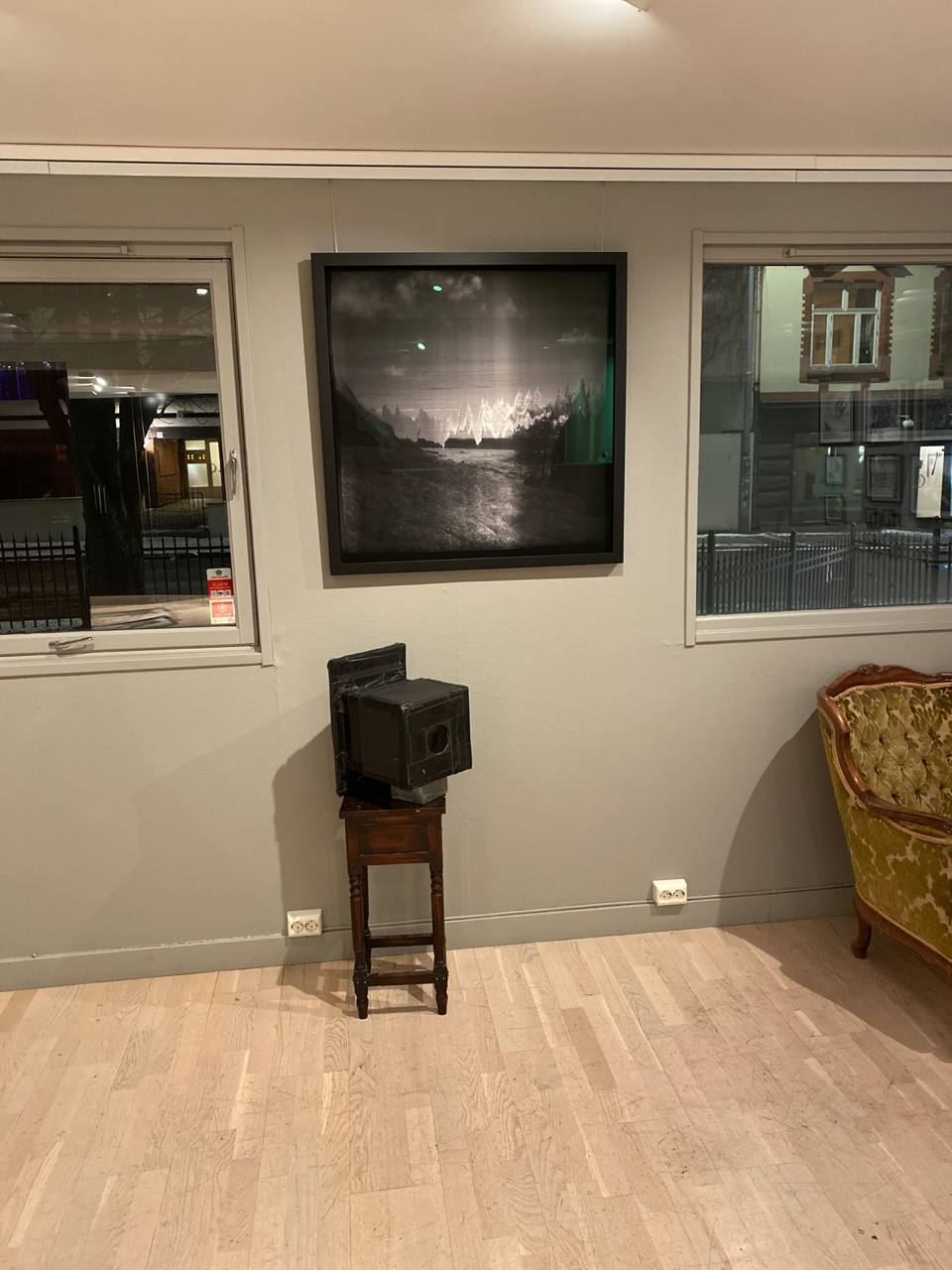
This is a picture from my last exhibition, and the box there is the scanner-camera.
The fabric is 15 meters by 145cm, I have friends holding it stretched out of frame at both sides.

This is another shot from the same shoot. I think it’s very dynamic, but I like the ‘sunbeam’ from the original post better.
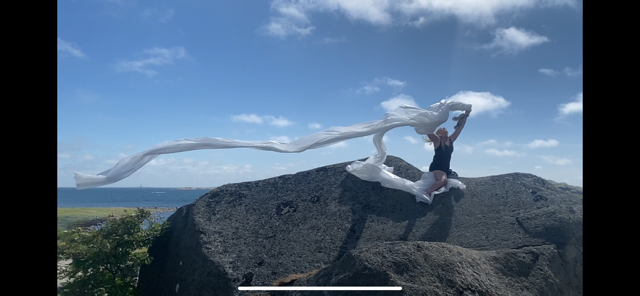
And this is a still from a video I took of my friend playing around With the fabric in the wind before she jumped down from the boulder I made her stand on in order to get the original shot.
I hope that covers it. The wavy pattern is due to the linear sampling of the scanner, and the play of motion over time.
For sure.
It’s a canon Lide 30 scanner at its core. You have to remove the light source (a tiny RGB LED) and a pinhole array from the front of the sensor. Then I used a dremel to widen the slit the sensor looks through, to deal with some pretty severe vignetting. The optical assembly is made from foam board, gaffers tape and an acrylic lens liberated from a regular magnifying glass. I use a software called VueScan to perform the actual scan.
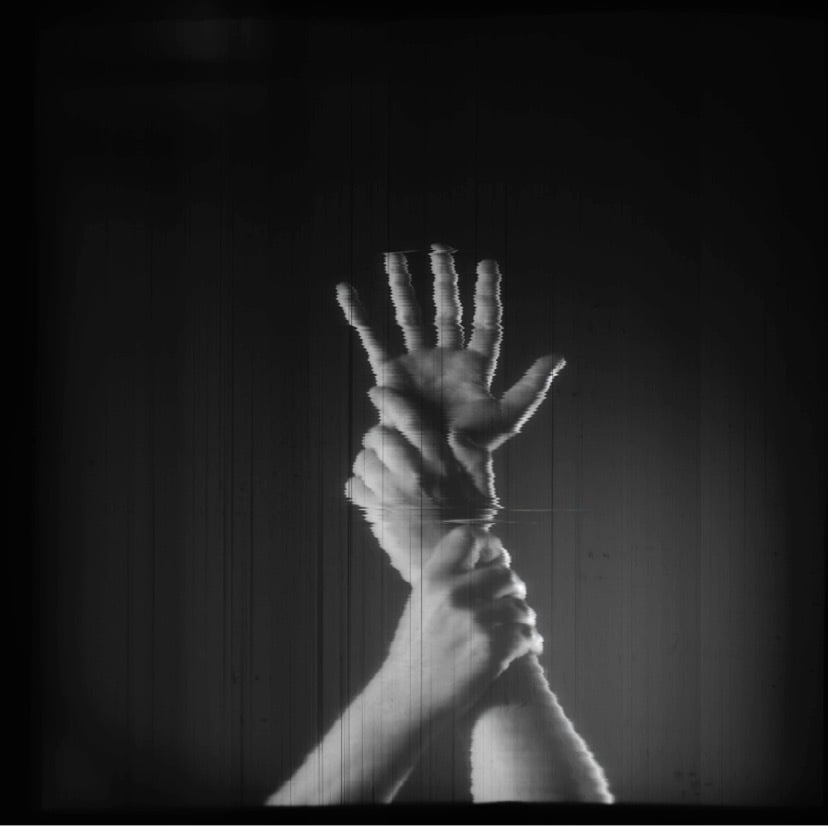
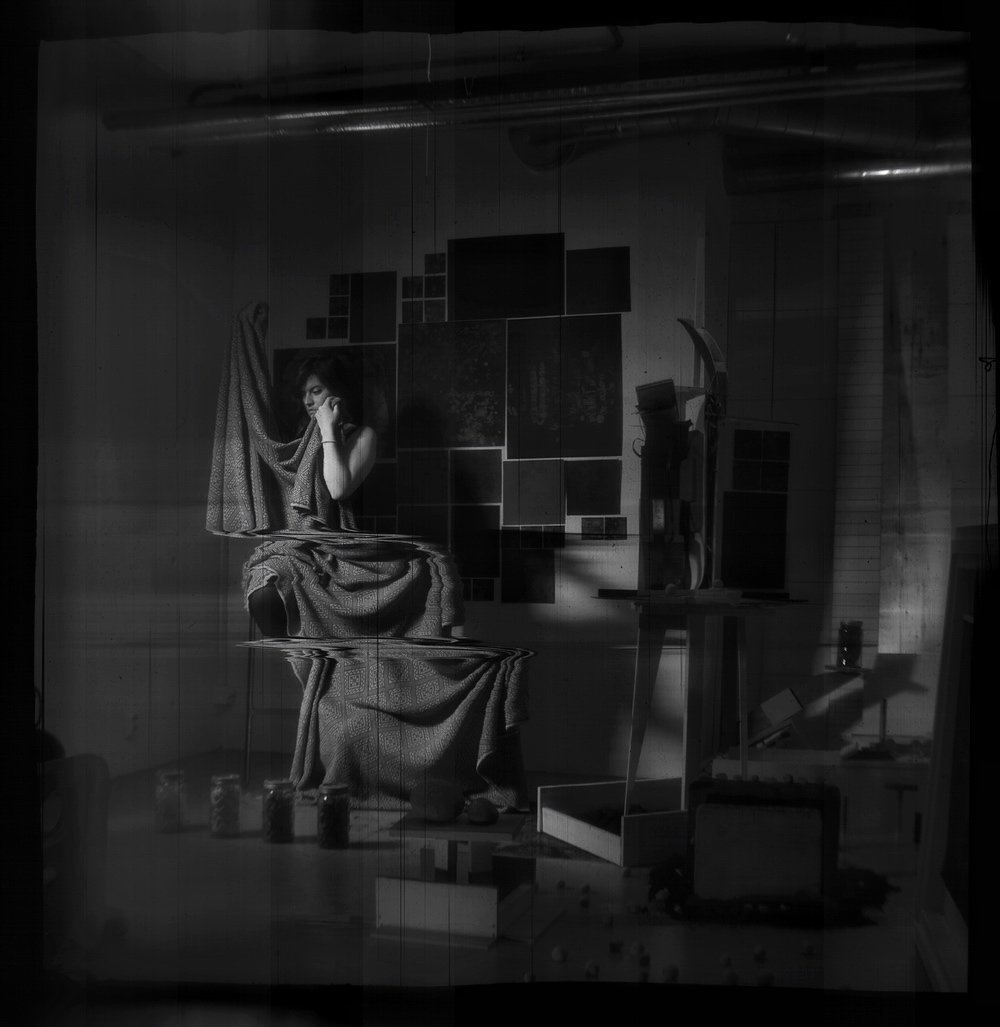
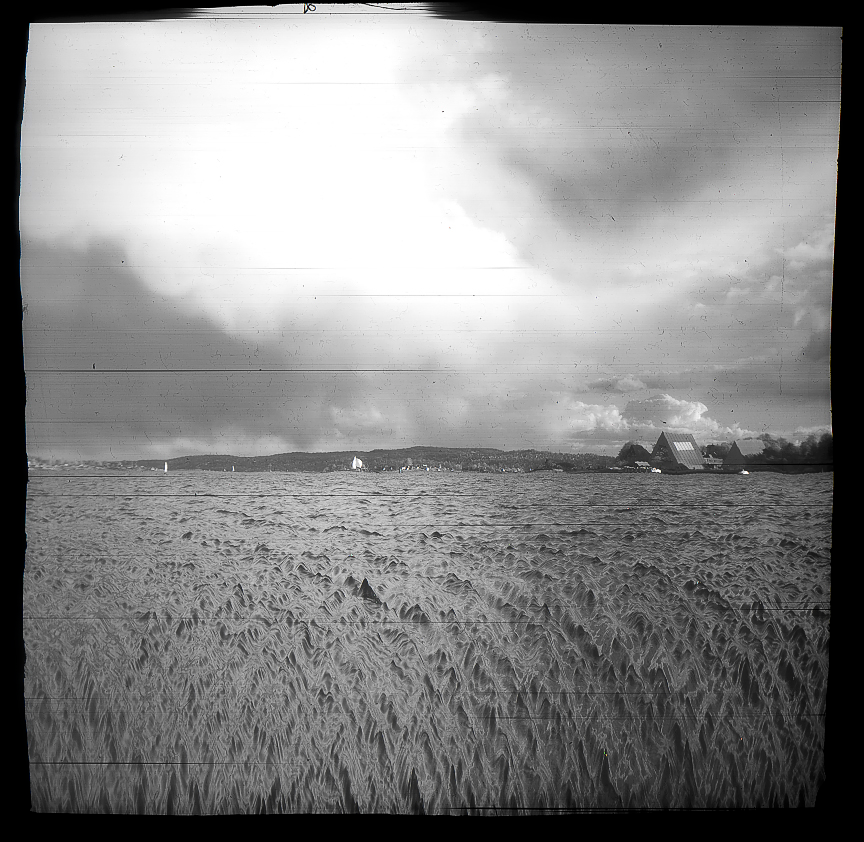
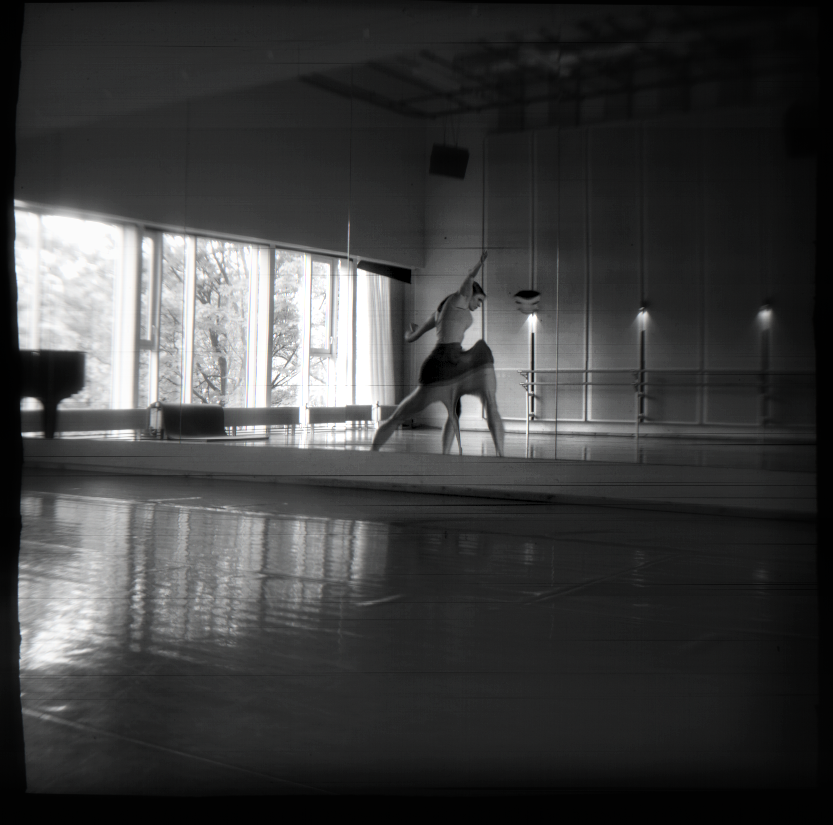


Years ago I worked for a large-ish post production company. They had recently moved into a swanky new location and everything there was tailored to spec, including the server room. In norwegian we sometimes call a server room a ‘machine room’, this is relevant.
As a part of the server room spec, a dry fire suppression system was among the requirements.
The summer of the incident was particularly hot, and we experienced some trouble with our cooling, so a cooling technician was called to have a look. While he was working on the unit inside the server room, he made a mistake that caused all the cooling gas to dump into the room, triggering the fire extinguishers.
A dry fire system works by releasing an inert gas into a space to displace any oxygen, effectively choking any fire. I imagine this is usually done by some solenoids opening some canisters of gas and the room quickly, but gradually becomes oxygen free. Luckily, my boss at the time was present and he quickly got both himself and the tech to safety.
All good right? No. The contractor who constructed the new location had ordered and installed a system meant for maritime machine rooms, not the computer ‘machine room’ we had. In an environment filled with fuel and grease, you optimize towards filling the room with an inert gas as quickly as possible, and it turns out they use explosives to complete the task. In this room there were three canisters in the ceiling with fire shooting out of them, burning pellets to generate the inert gas. The gas and smoke from the canisters combined with the leaked cooling gas, and started condensing.
Into hydrochloric acid.
While all this was going on, all of the servers and workstations were happily humming along, sucking the now extremely corrosive atmosphere into themselves, making sure that every nook and cranny inside and outside got covered in a thin greasy film of acid.
The aftermath: Mine and two colleagues’s summer break was cut short, as we were called in to do damage control. Ripping out and wiping hard drives clean was what we did all summer. With external help we managed to recover all of the data. One feature film was delayed a few weeks. The insurance payout actually made the company a bit ahead financially. As far as I know there’s still burn marks in the floor of the server room, from when flames shot out of the fire extinguishers. Everyone involved now knows what a proper dry fire suppression system for a server room looks like.
The kicker is, the cooling was messed up because a fabric awning on the building had fallen down and was covering the air intake. If anyone had thought to check the roof this whole thing would have been avoided, and that server room would probably still have bombs attached to its ceiling.